Gradual Onset Cauda Equina Syndrome
Gradual onset cauda equina syndrome. Onset of Cauda Equina Syndrome Symptoms of cauda equina syndrome can develop suddenly but may take weeks or months. It occurs most frequently following a large central lumbar disc herniation prolapse or. In the latter case slow onset of Cauda Equina Syndrome a.
Cauda equina syndrome CES is a condition that occurs when the bundle of nerves below the end of the spinal cord known as the cauda equina is damaged. Cauda equina syndrome CES is a potential consequence of lumbar spinal stenosis LSS that may be under-recognised and consequently poorly managed. Onset may be rapid or gradual.
More Difficult To Diagnose. Because Cauda Equina Syndrome CES affects the nerves at the bottom of your spinal cord and because many of these nerves go to your legs CES in the early stages may present as pain. The symptoms that typically indicate cauda equina syndrome CES are.
During this period the symptoms of cauda equina syndrome may seem to come and go with. Difficulty initiating micturition or impaired sensation of. Sudden acute CES is a medical emergency like a heart attack or stroke.
Acute vs Gradual Onsets of Cauda Equina Syndrome Acute Onset Of CES. Lower back pain Problems urinating Reduced sensation when urinating and around the genitals perineum and buttocks Leg weakness Sexual dysfunction Reduced anal tone possibly causing faecal incontinence. Gradual onset cauda equina syndrome is when the condition occurs slowly with symptoms getting progressively worse over a matter of weeks months or even years.
Gradual Onset Of CES. Leading to high rates of misdiagnosis and misunderstanding of early symptoms5. The severity of cauda equina syndrome symptoms varies depending on the degree of nerve compression.
For some patients cauda equina syndrome CES develops suddenly while other patients experience a gradual onset of symptoms. Cauda equina syndrome CES is a rare condition with a disproportionately high medico-legal profile.
The symptoms that typically indicate cauda equina syndrome CES are.
LSS refers to a restriction in space around the nerves that travel from the lower spine to the legs. The severity of cauda equina syndrome symptoms varies depending on the degree of nerve compression. Cauda equina syndrome CES occurs when the nerve roots of the cauda equina are compressed and disrupt motor and sensory function to the lower extremities and bladder. Cauda Equina Syndrome Cauda equina syndrome CES is a serious but rare condition of the spine in which the bundle of nerve roots located at the lower sacral end of the spine become extremely compressed or inflamed. Prompt diagnosis referral to a spinal unit and treatment are essential in ensuring a good outcome. The patient is likely to experience milder lower back pain intermittent bladder andor bowel dysfunction and possible weakness or sciatica in one or both legs. Sudden acute CES is a medical emergency like a heart attack or stroke. Leading to high rates of misdiagnosis and misunderstanding of early symptoms5. It occurs most frequently following a large central lumbar disc herniation prolapse or.
Patients with this syndrome are often admitted to the hospital as a medical emergency. The patient is likely to experience milder lower back pain intermittent bladder andor bowel dysfunction and possible weakness or sciatica in one or both legs. Onset may be rapid or gradual. When Back Pain May Be a Medical Emergency Save. All patients had urinary retention preoperatively. Prompt diagnosis referral to a spinal unit and treatment are essential in ensuring a good outcome. Leading to high rates of misdiagnosis and misunderstanding of early symptoms5.


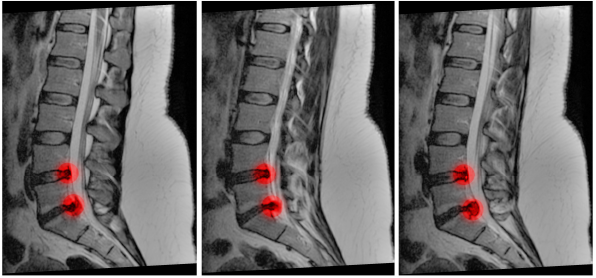




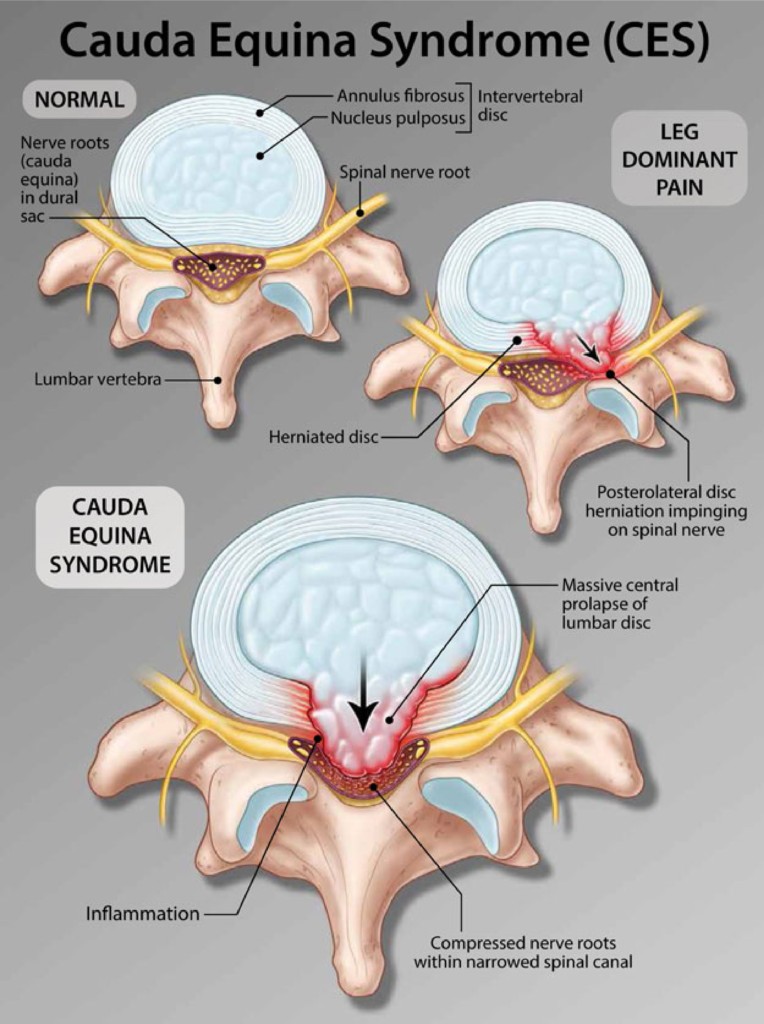



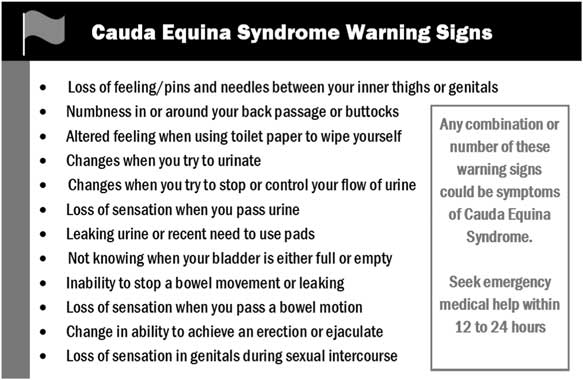

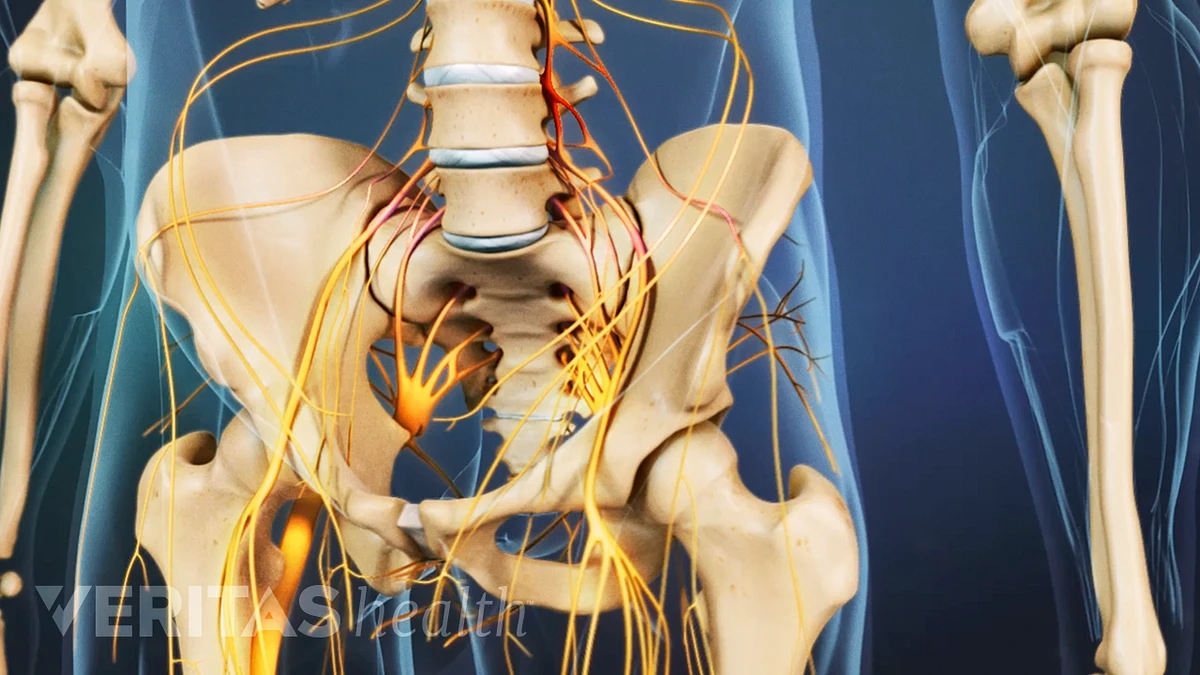





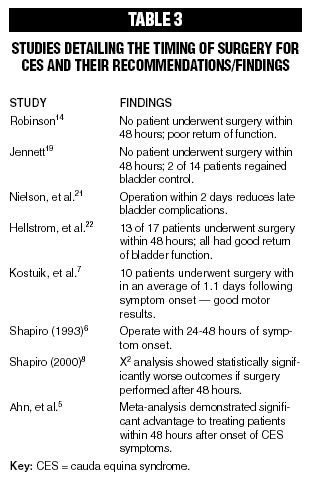
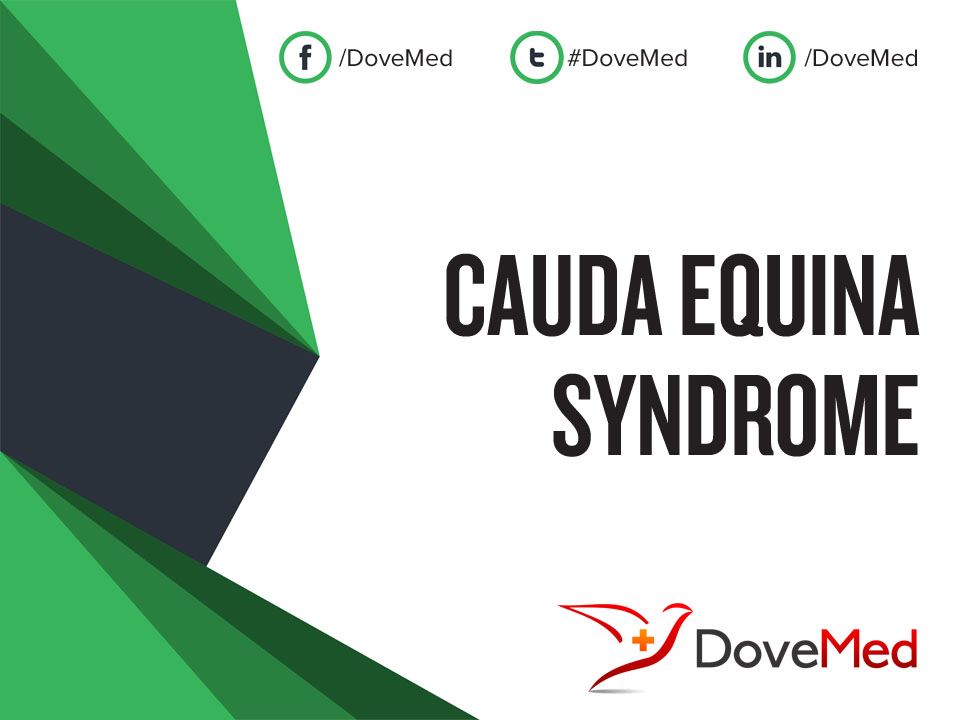

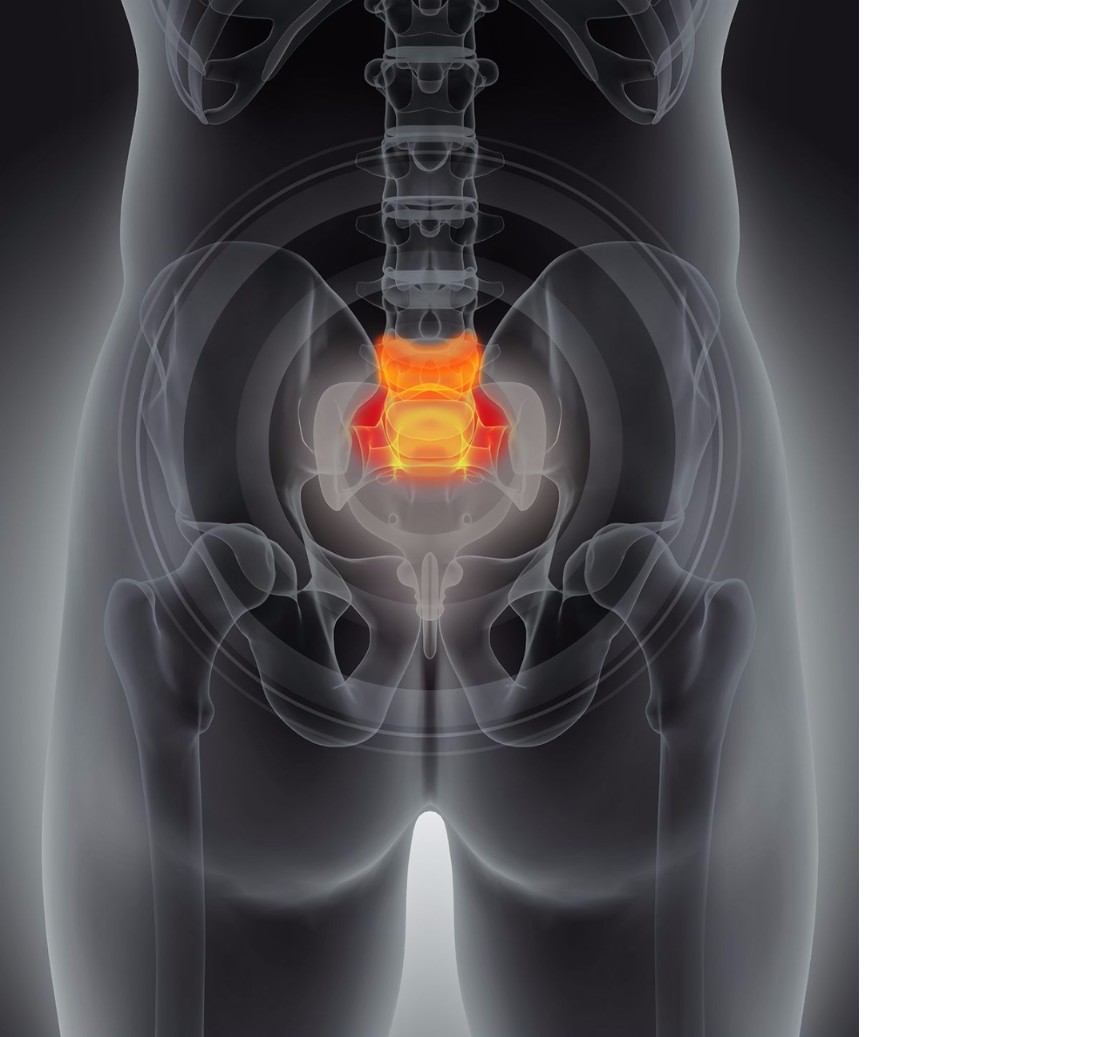






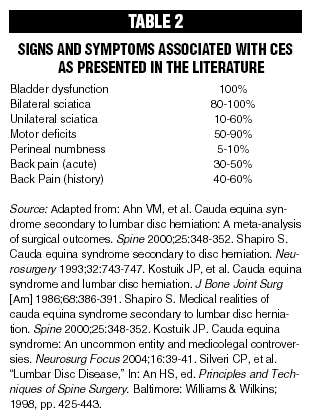



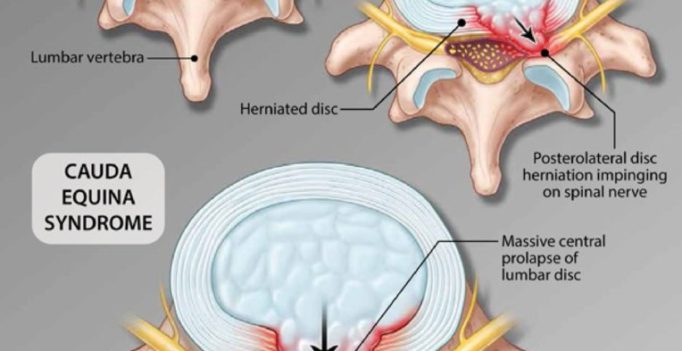


Post a Comment for "Gradual Onset Cauda Equina Syndrome"